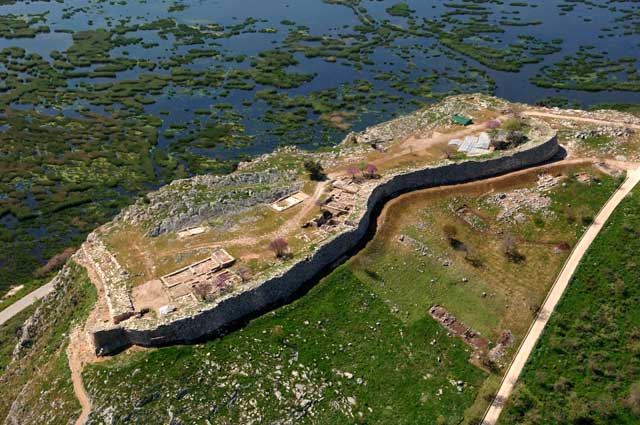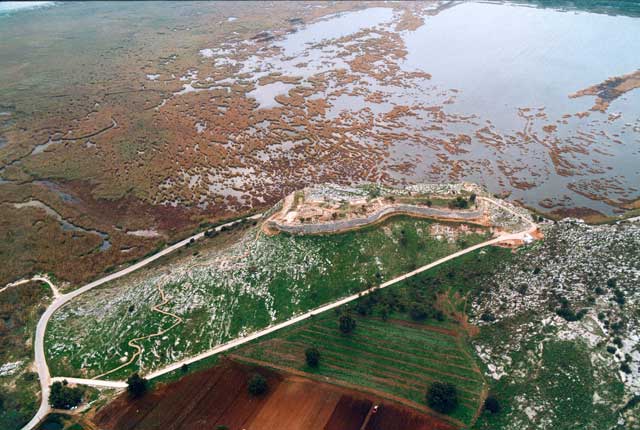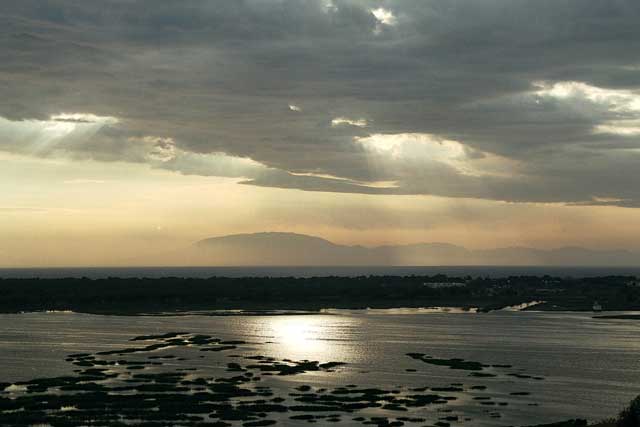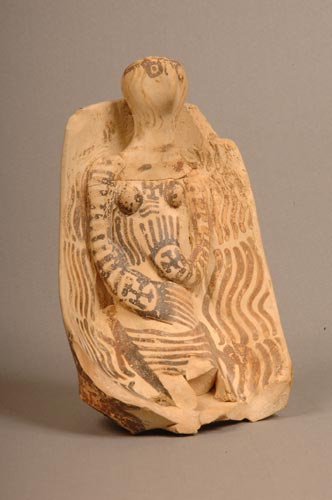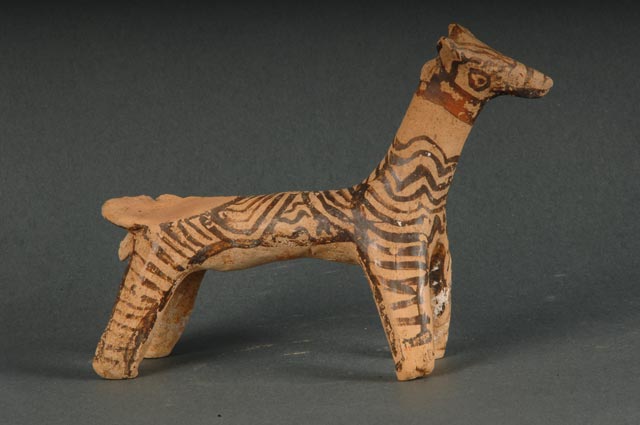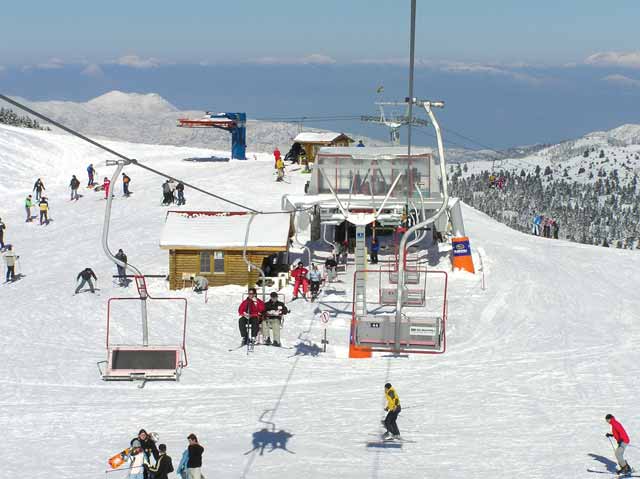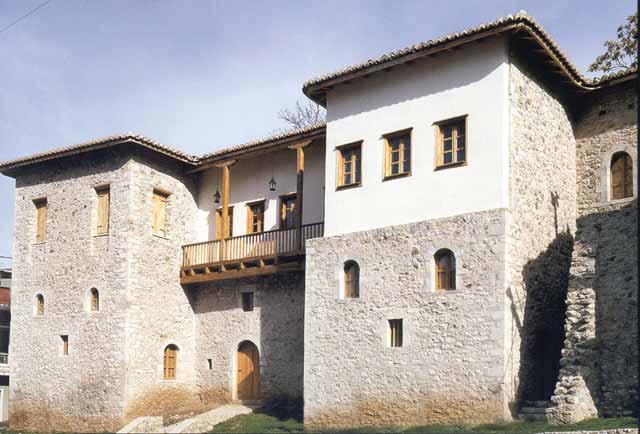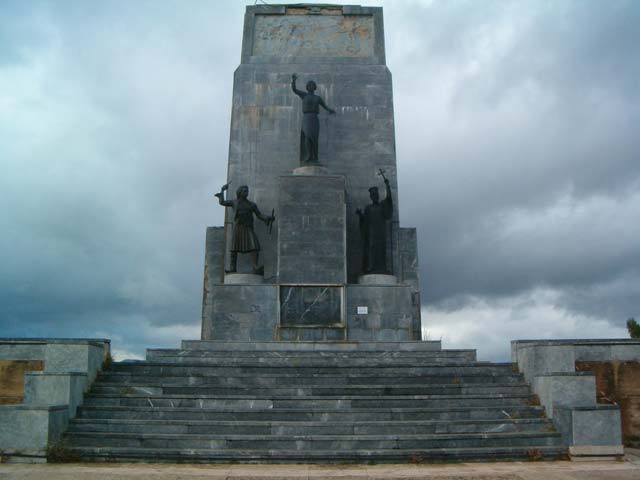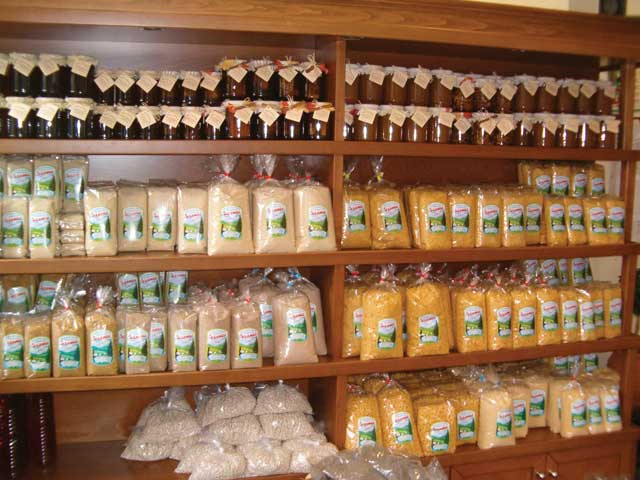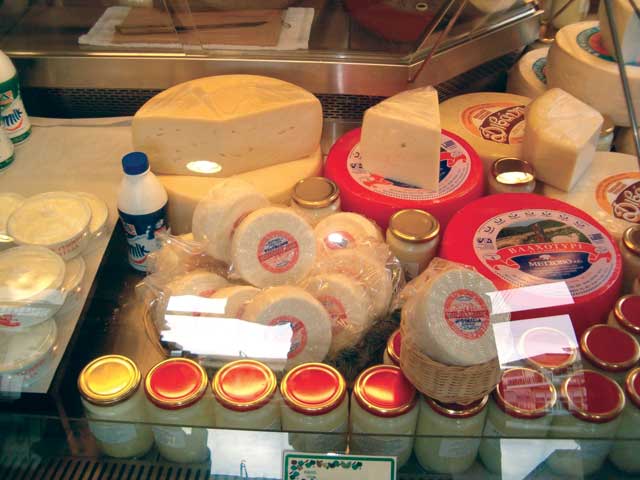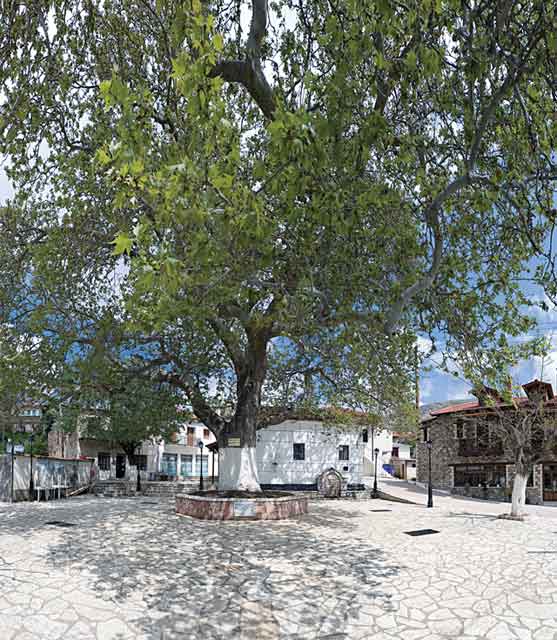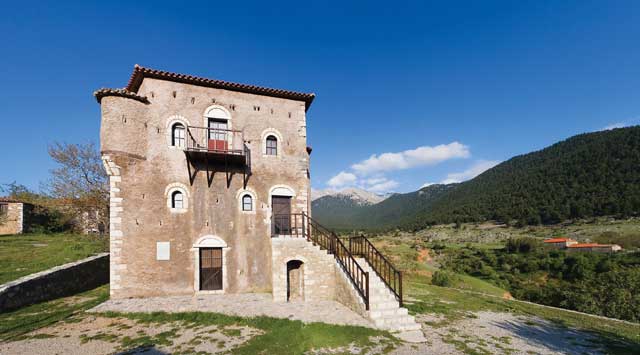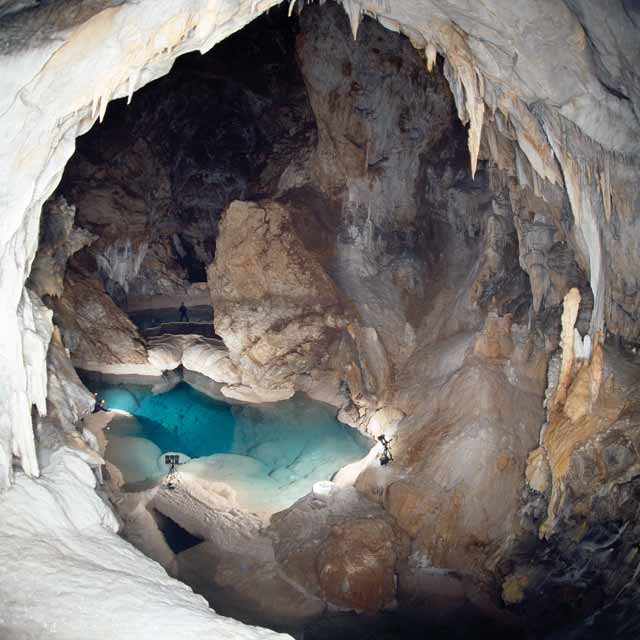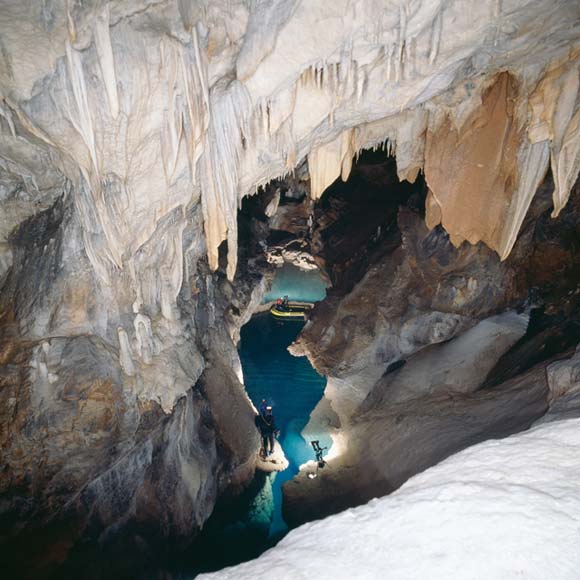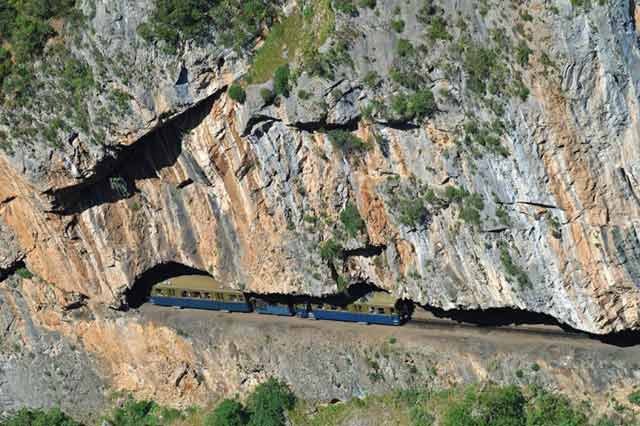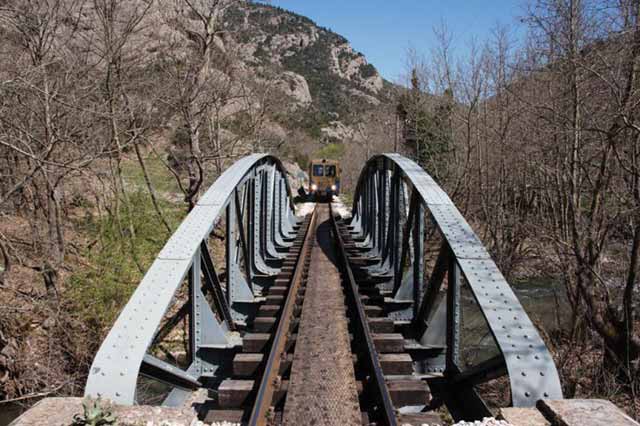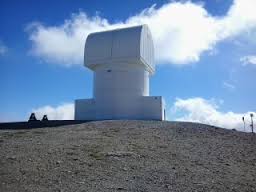Strofylia
The forest ecosystem of Strofylia presents exceptional ecological interest, as it is the biggest Pinus pinea forest in Greece and one of the biggest in Europe. The other ecosystems of the area, such as the sandy hills, the sea and fresh water wetlands, the wet meadows and the sandy beaches with the sand dunes, are also very important. Despite human activities, a large section of the sand dunes is in good condition. The plant species Centaurea niederi, is a rare endemic specie of Greece, developing on the calcareous rocks in the area of Kalogria (hill Mavra Vouna). The sandy beach, particularly on the northern part of the area, has been cited as a spawning area for the Caretta – Caretta sea turtle.
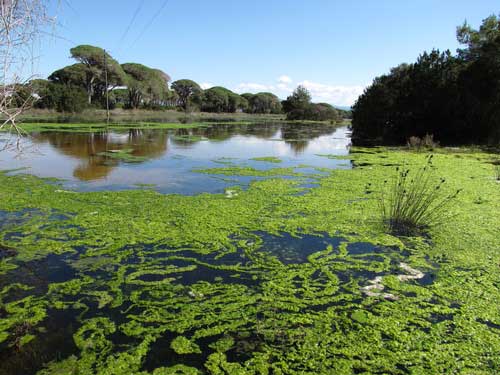
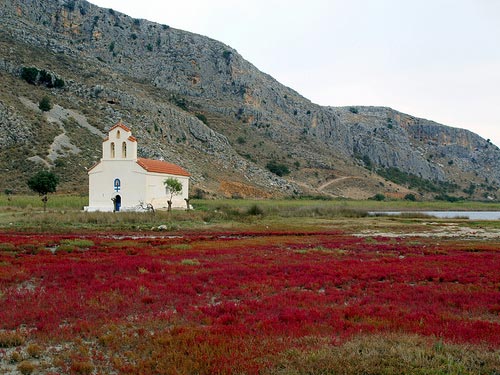
Acropolis of the Dymaion Wall
The prehistoric acropolis of the Dymaion Wall, in Araxos of Achaia (35km to the west of Patras), is a unique example of a fortified Mycenaean acropolis in Western Greece.
The long and intensive population of the Dymaion Wall (since the neolithic era – approx. 3500 B.C. – up to the 2nd World War) is attributed to its strategic location, with panoramic view to all the surrounding plain, the Dymaia land and the the coastline of the Gulf of Patras to the north and of the Ionian to the west, combined with the natural wealth of the peninsula of Araxos, and above all, the combination of land and sea on the intersection point of which the location is situated.
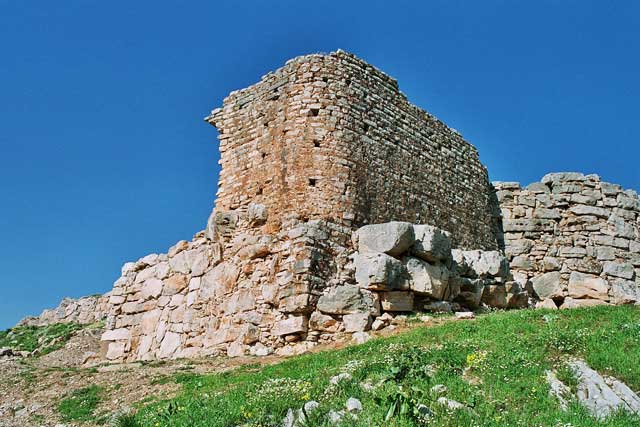
Portes
The archaeological site at Kefalovryso of Portes (approx. 45km to the south-west of Patras) is among the greatest ancient settlements in Western Greece, since it was where significant and unique relics of the Mycenaean era (1600 – 1000 B.C.) were found.
In the prehistoric cemetery of Portes one comes across a number of different burial practices, which provide vital information on the social, administrative and military organisation of the Mycenaean world. The burial of an official – warrior is unique; dated at the end of the 12th century B.C., it was found untouched in chamber tomb 3 and is perhaps the most significant Mycenaean burial of this period in Greece to this day. Among its findings are various clay pots and an exceptional series of bronze utensils and weapons.
To the north-west of the cemetery and very close to it, the ruins (wall foundations) of houses of the village have been examined, in a location of a rich natural source of water, Kefalovryso.
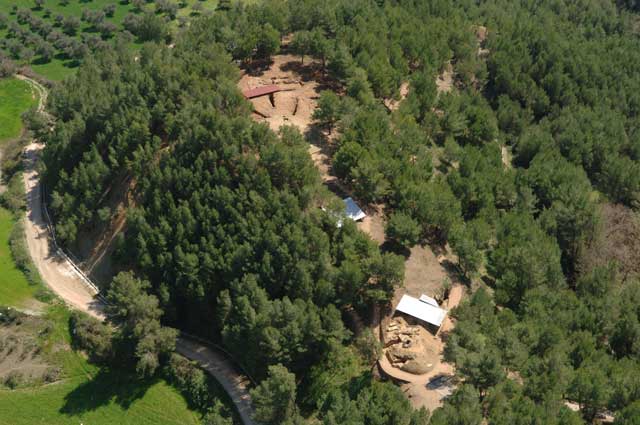
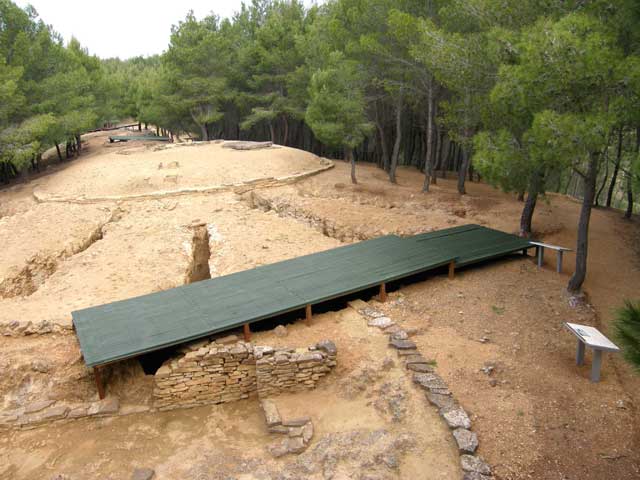
Ancient Theatre of Aigeira
The ancient theatre is one of the major monuments of Ancient Aigeira. It was built on a rocky slope of the city with a view of the Corinthian Gulf to the east. It stands at an altitude of 350m. above sea level and to the west of the Acropolis.
The biggest part of the koilon and the orchestra is carved on the rock. Its construction is dated in the 1st half of the 3rd century B.C., when the 2nd Achaean League is established. During the same period the Achaean League is restructured, while the prosperity and political stability of the time favoured the implementation of an aspiring building project in the city, which included the construction of a theatre and the temples around it.
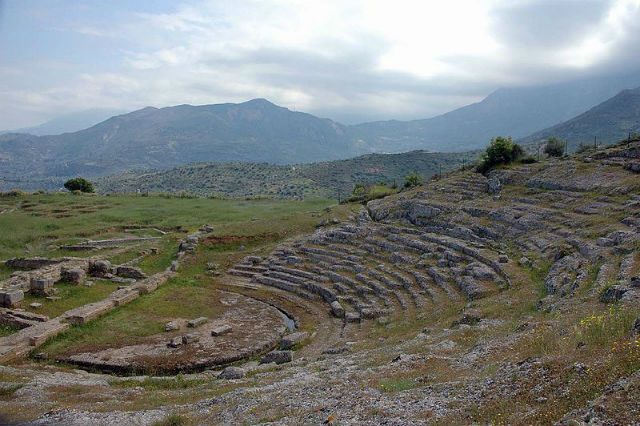
Archaeological Museum of Aigio
Works of great historic value are housed in a neoclassical building, a real jewel for the city of Aigio, the renovated former municipal market of Aigio, of the architect Ziller. The building was constructed in the late 19th century and is one of the building-monuments left in Greece by the great German architect.
The statue attributed to Aigiochos Zeus, protector of the ancient city, stands out in the museum collection, which consists of artefacts from excavations of the surrounding area. Visitors may admire artefacts from the Neolithic, the Middle Helladic, the Mycenaean, the Geometric, the Archaic, the Classical, the Hellinistic and the Roman period, thus proving the long history of the city of Aigio, one of the most ancient in the country.
Address: 3, Agiou Andreou and Michalopoulou Str.
Telephone no: +30 26910.21517 – +30 26910.61313 (+fax)
Kalavrita
Kalavrita is a mountainous town in the prefecture of Achaia. Today Kalavrita and its surroundings are a resort for all seasons.
The Ski Centre is an ongoing challenge for the senses, a winter sports paradise. Located on the slopes of Chelmos, in the area of Xirokambos, 15 kilometres from Kalavrita, it has operated since 1988 featuring 11 tracks with a total length of 20 km.
The new Aristarchus telescope, one of the largest and most important in Europe, featuring a mirror with a diameter of 2.3 m has been installed at a height of 2340 m on the top of Chelmos (Neraidorahi).
For lovers of ecotourism, Kalavrita offers monuments of rare natural beauty, which you can meet along the international trail E4 or dozens of other trails.
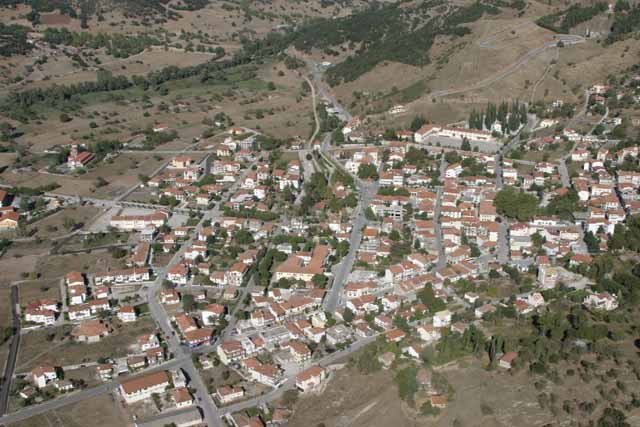
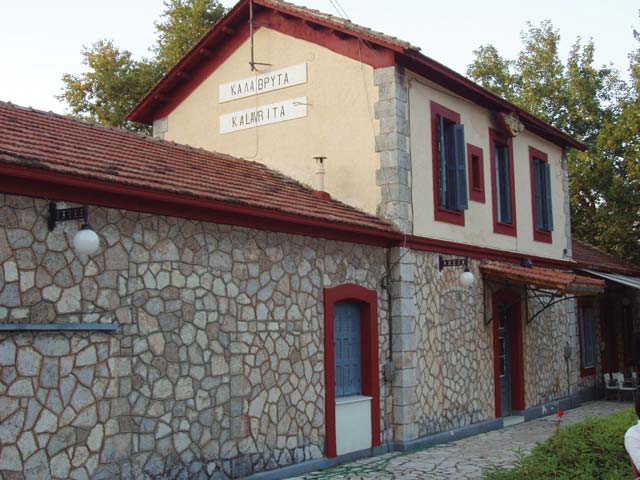
Kalavryta Ski Resort
The Ski Resort of Kalavryta, is one of the most renowned ski resorts in the country, mainly because of the services it provides combined with the beauty of the scenery.
It is located on the north-west side of Chelmos, at the position Vathia Lakka and at an altitude of 1650-2340 m.
Here, on the highest chair lift in Greece, visitors can enjoy the fantastic view from the Corinthian Gulf to the Eastern Achaia.
The Ski Resort of Kalavryta, thanks to its infrastructure can easily respond to the high standards set by sport teams or individual athletes of winter sports.
It operates since 1988 and has seven lifts, 12 circuits, parking areas, a shop for sale and rental of skiing equipment, a skiing school and a First Aid Station.
At the facilities of the resort you will find the special circuit for moguls ski, for snowboard, cross country ski routes, the unique snow tubes park, you will enjoy paragliding, snowmobile rides and many events.
For those that love to fly, the Ski Resort of Kalavryta is an ideal place for take-off, either to the valley of Lousoi, or to Kalavryta and the Iroho.
Cave of the Lakes
The Cave is a rare natural phenomenon, of international geological interest.
Apart from its labyrinthine corridors, mysterious tunnels and strange stalactite formations, it features a series of cascading lakes, spread over three floors, making it unique in the world. It is the bed of an old underground river, explored at a length of 1,980 meters. In winter when the snow melts, the cave is transformed into a subterranean river with natural waterfalls.
Fossilized bones of humans and various animals, including a hippopotamus, were found on the lower floor of the cave.
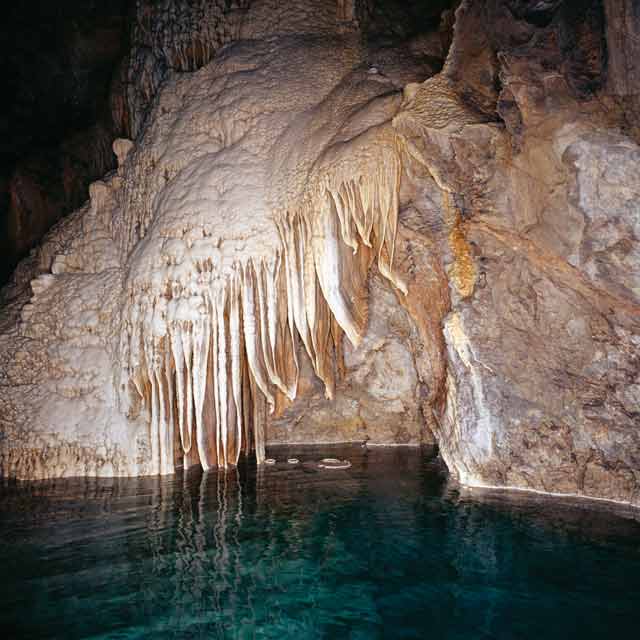
Cog Railway – Vouraikos Canyon
The cog railway connecting Diakopto to the historic city of Kalavrita began its journey on March 10, 1896. The large slope of the course prohibits the use of a conventional train, so a cog line was placed between the rails, allowing the train to climb from sea level to the Kalavrita station, at an altitude of 750 meters. Is has the narrowest lines in Europe (0.75 m).
The train continues its journey through time, offering passengers unique moments, starting from Diakopto and passing through imposing conglomerate rocks, through bridges and tunnels, and sceneries where peace spreads beneath the slow drone of the cog railway. The narrowest and most beautiful parts of the canyon are Niamata, Portes, Triklia, Sifoni, and “Dikastirio” [the court], a cave with stalagmite rocks that resembles a courtroom.
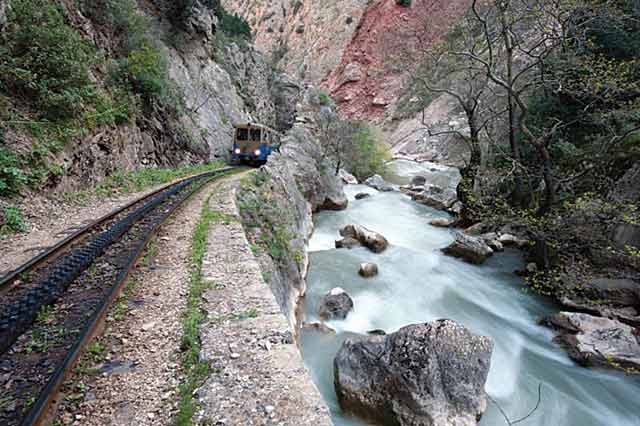
Tsivlou Lake (Natura 2000)
Situated on the mountainous area of Akrata at an altitude of 800m, the lake was formed after a great subsidence that blocked river Krathis in 19113, when massive amounts of soil covered the riverbank crushed part of the village of Tsivlou, which gave its name to the lake.
The lake covers 20 hectares and is 80 metres deep.
At Tsivlou Lake, visitors can enjoy swimming in its crystal clear water as well as hiking in the pathways around it.
Aristarchus Telescope on Chelmos
In the site of the ski resort of Kalavryta, on the peak called Neraidorachi and at an altitude of 2,340m. the ultra modern telescope, Aristarchus is installed and operates. The telescope, named to honour the ancient Greek astronomer Aristarchus, is the biggest in the Balkans and the countries of the Eastern Mediterranean.
The telescope can observe objects at a distance of up to 5 billion light years.
It is considered one of the most technologically advanced telescopes in Europe.
It has a diameter of 2.3 metres and great precision in targeting and tracking celestial bodies.
The telescope is included in the “OPTICON” European Program, where the greatest and more modern telescopes of Europe participate and there is interest as regards the use of telescoping lens from research institutes for scientific cooperation and research.















